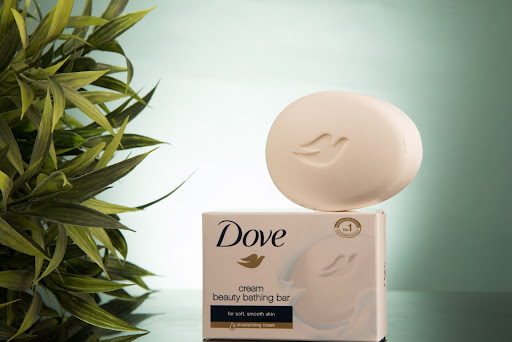Although long an environmentally-friendly company, with its first science-based climate targets announced in 2010 and its emissions falling year on year since 2016, Unilever announced the beginning of a new era in its sustainability journey just a little over a year ago. Along a roadmap filled with lofty promises and aspirations, the loftiest goal of all is to achieve “Net Zero emissions from all our products by 2039. . . 11 years ahead of the 2050 Paris Agreement deadline.” An integral part of this path to net-zero includes being completely honest with customers by “communicat[ing] the carbon footprint of every product we sell.”
For a company responsible for 75,000 products from globally-known brands – including Axe body sprays, Ben & Jerry’s ice cream, Dove soaps, Hellmann’s mayonnaise, Lipton teas, Suave shampoos, and Q-tip cotton swabs – this is no small task. With the calculation of the carbon footprints of about 30,000 products on track to be completed within the next six months, marking approximately the halfway point in knowing the footprint of their entire product range, Unilever confirmed to The Independent that pilot carbon footprint labels will be on about two dozen products in North America or Europe before 2021 closes out; they will effectively tell consumers the environmental cost of the products they browse and buy, in carbon dioxide equivalent values. As Global Head of Supply Chain Marc Engel told the publication, “We intend to roll out carbon labels on our entire product range over the next two to five years.” Although the actual form of the labels has yet to be finalized, the company is considering a traffic-light symbol with more detailed information available online.
The measurement of these carbon footprints is complicated, requiring specifics on each ingredient; therefore, much of the data will come directly from their suppliers via invoices. The speed of the launch is the current focus, with accuracy being added throughout the process, Engel told The Independent: “for the data, we will use a combination of industrial averages taken from approved databases together with actual carbon measures where we have them, such as with our Ben & Jerry’s range. We think our labels will be around 85 percent accurate.” It is important that the ultimate numbers are standardized across companies and industries in order to be useful, though. The World Business Council for Sustainable Development (WBCSD) is already tackling this accuracy problem, working with companies like Unilever to make the necessary data widely accessible; this collaboration resulted in the launch of the Value Chain Carbon Transparency Pathfinder, providing “a comprehensive methodology and technical infrastructure for sharing granular, consistent and verified product-level data on primary emissions across value chains.”
As the first large, global company to seriously and successfully introduce carbon labels – aside from plant-based companies like Oatly, which added carbon labels to their oat milk in 2019, and Quorn, which did so for their meat substitutes in 2020 – Unilever could be changing the competitive landscape. The world is different than the last time a company decided to try out a carbon label: Tesco, a British supermarket company, launched a short-lived trial in 2011 that it quickly shelved, citing customer confusion and lack of impact on purchasing decisions. This time, not only is Unilever following through, but the public seems to be ready; 2020 research by Carbon Trust indicates that more than two-thirds of consumers in surveyed countries agree that carbon labels are a good idea, with 56 percent of American consumers agreeing. And with consumers increasingly caring about corporate sustainability, and apps emerging to help them track carbon like counting a calorie, other companies might be more inclined to Unilever’s lead. As Engel told The Independent, they “believe it will transform not only the actions of consumers but of the thousands of businesses in our supply chain as well.”
This is not only an important step for Unilever, but for the planet. A study published in Nature Food found that by 2015, “food-system emissions amounted to 18 Gt CO2 equivalent per year globally, representing 34 percent of total GHG emissions,” so it is important for consumers to start considering the environmental impact of products they purchase. Note that other labeling initiatives have been proven to work in the past; a meta-analysis of experimental studies on sugary drink warnings concluded that the “literature supports sugary drink warnings as a population-level strategy for changing behavior, as well as emotions, perceptions, and intentions.” Why should carbon footprint labels be any different?





